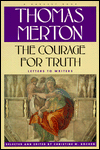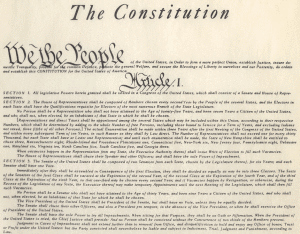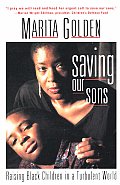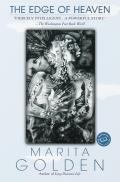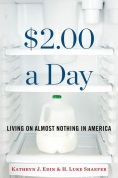I’ve been looking to the past for ideas and inspiration about dealing with fascism and totalitarian regimes. I started with books by Dorothy Day, one of my greatest heroes, a woman who truly lived her ideals. From there, I’m moving on to the books that inspired her, by writers such as Simone Weil, Georges Bernanos, and Ignazio Silone.
Then Jeremy distracted me with this volume of letters. Of course, I loved reading the descriptions and commentary on his own and others’ works. Merton especially loved the work of writers from Latin America, and there are many here to whom he’s written and whose work I’ll want to look up.
But what fascinated me was a theme that has come up a few times recently. As Christine M. Bochen, the editor of this volume, says in her Introduction, “Merton sensed in writers a hope for the future of mankind. Merton believed, as the title of this volume suggests, that the courage for truth was their special gift.”
In November I attended a writing conference which ended with a workshop led by Donald Maass. He asked us, “How do you want your novel to change the world?”
Don’t laugh. Novels have led to social change. Think of how To Kill a Mockingbird contributed to the Civil Rights Movement or The Handmaid’s Tale to the Women’s Movement. Oliver Twist drew attention to child poverty and All Quiet on the Western Front to the reality of war. Poetry, too, has been a powerful weapon, whether written or sung.
I have for some time been clear about my purpose for writing. I can’t do much that will affect those in power. But I can tell stories, as I did in Innocent, my memoir of my time on welfare. Many people have told me that reading Innocent changed their view of welfare recipients. What I’ve learned in my lifetime is that big social changes happen when the minds and hearts of the people are swayed. And stories are the way to do that.
In fact, reading any fiction opens your heart and mind to the lives of others. Studies such as the ones described in this article have shown the neurobiological basis for how reading builds empathy. The same areas of the brain are used when we read about a character’s experiences as when we experience something in real life. It only makes sense. When we read a novel, we see the world through someone else’s eyes. Once we experience what life is like for them, once it has become our life too, our intolerance and prejudices fade.
In a letter to José Coromel Urtecho dated 15 March 1964, Merton writes:
. . . the poets remain almost the only ones who have anything to say . . . They have the courage to disbelieve what is shouted with the greatest amount of noise from every loudspeaker, and it is this courage that is most necessary today. A courage not to rebel, for rebellion itself tends to substitute another and louder noise from the noise that already deafens everyone, but an independence, a personal and spiritual liberty which is above noise and outside it and which can unite men in a solidarity which noise and terror cannot penetrate.
Of course, Merton recognises that there are risks involved when you take on the power structure. Still, in a letter to Boris Pasternak dated 23 October 1958, he says: “Both works (Dr. Zhivago and Vladimir Soloviev’s Meaning of Love) remind us to fight our way out of complacency and realize that all our work remains yet to be done, the work of transformation which is the work of love, and love alone.”
What novel or poem can you think of that has contributed to social change?
